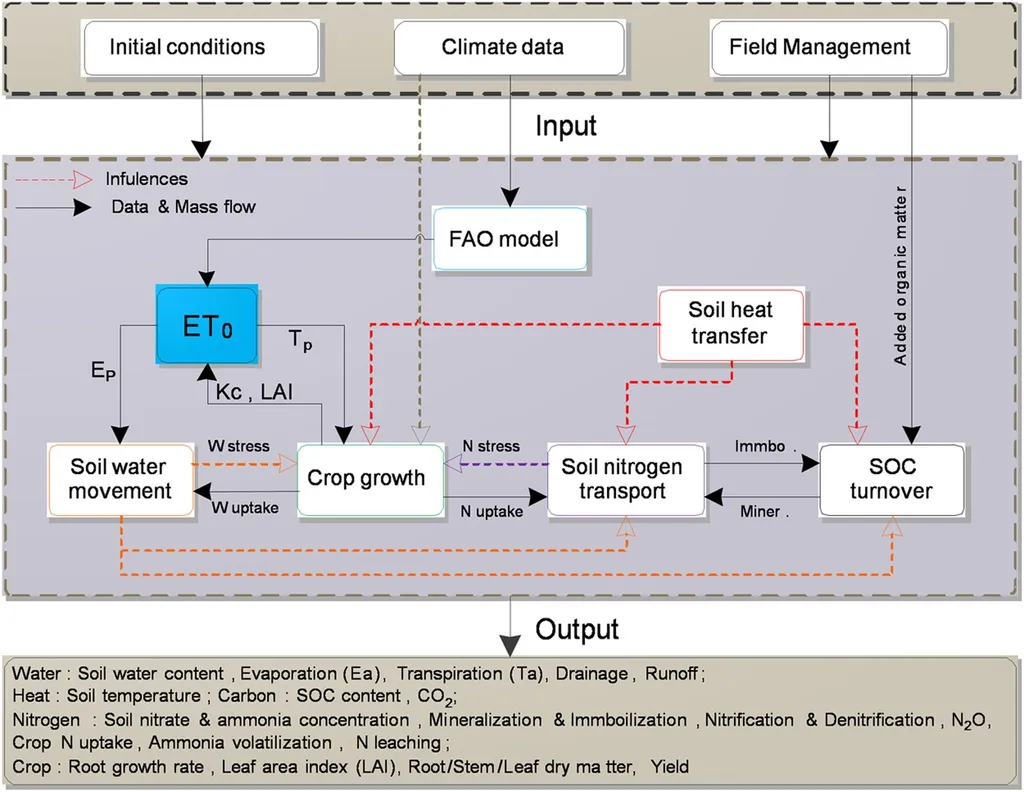In the heart of China’s agricultural landscape, a pressing challenge looms large: how to align water, soil, and grain resources to meet the evolving dietary needs of its population. This is the crux of a recent study published in the journal *Agricultural Water Management* (translated from Chinese as *Agricultural Water Management*), led by Wenxue Xia from the Faculty of Geography at Tianjin Normal University. The research delves into the optimization of crop planting structures in Hebei Province, a major grain-producing region, offering insights that could reshape agricultural practices and water resource management.
As Chinese dietary patterns shift from subsistence-based to well-being-oriented, the demand for a diversified diet incorporating grain, meat, vegetables, and fruits has intensified. However, the rigid constraints on water resources pose a significant hurdle. “The misalignment between the water-soil-grain supply and demand system presents a major challenge to the sustainable development of China’s agriculture,” explains Xia. The study aims to address this challenge by analyzing Hebei Province’s agricultural planting situation and incorporating balanced dietary needs into a “water-soil-grain” planting structure optimization model.
Using the NSGA-II algorithm, the research team optimized the crop planting structure under two scenarios: a water-saving objective and a water-efficiency objective. The results revealed a consistent increase in total crop output in Hebei Province, while the cultivated land area remained relatively stable. Notably, the annual average of total agricultural water use showed a downward trend, with an average annual decrease of 1.88%.
In the first scenario, the grain planting area decreased by 15.88%, while the fruit planting area increased by 2.09 times, meeting the needs of a low-level balanced diet. In the second scenario, the planting areas for vegetables and fruits increased, while the grain planting area decreased by 10.91%. These findings have profound implications for the utilization of agricultural water resources and the enhancement of regional food security in water-scarce areas.
The commercial impacts of this research are substantial. For the energy sector, understanding and optimizing water use in agriculture can lead to more efficient energy use in water pumping and treatment processes. Additionally, the insights gained from this study can inform policy decisions and investment strategies, ensuring sustainable agricultural practices that align with dietary trends and water resource constraints.
As Wenxue Xia and her team continue to explore these optimization strategies, the agricultural sector stands on the brink of a transformative shift. By balancing the delicate interplay between water, soil, and grain resources, we can pave the way for a more sustainable and food-secure future. This research not only sheds light on the current challenges but also offers a roadmap for future developments in the field, ensuring that the evolving dietary needs of the population are met without compromising the precious water resources that sustain us.

